Plain of Jars - World cultural heritage in Laos
The Plain of Jars relic is recognized by UNESCO as a World Cultural Heritage with more than 2,000 stone jars of all shapes and sizes, dating from about 500 BC to 500 AD. Stone jars are scattered in many places in Xieng Khouang, however, currently only 3 places around Phonsavan town are being exploited for tourism; The first location has about 250 jars, the second location has 100 jars, and the third location has more than 100 jars. The remaining areas are still being studied because many mines and mines have not been thoroughly cleared.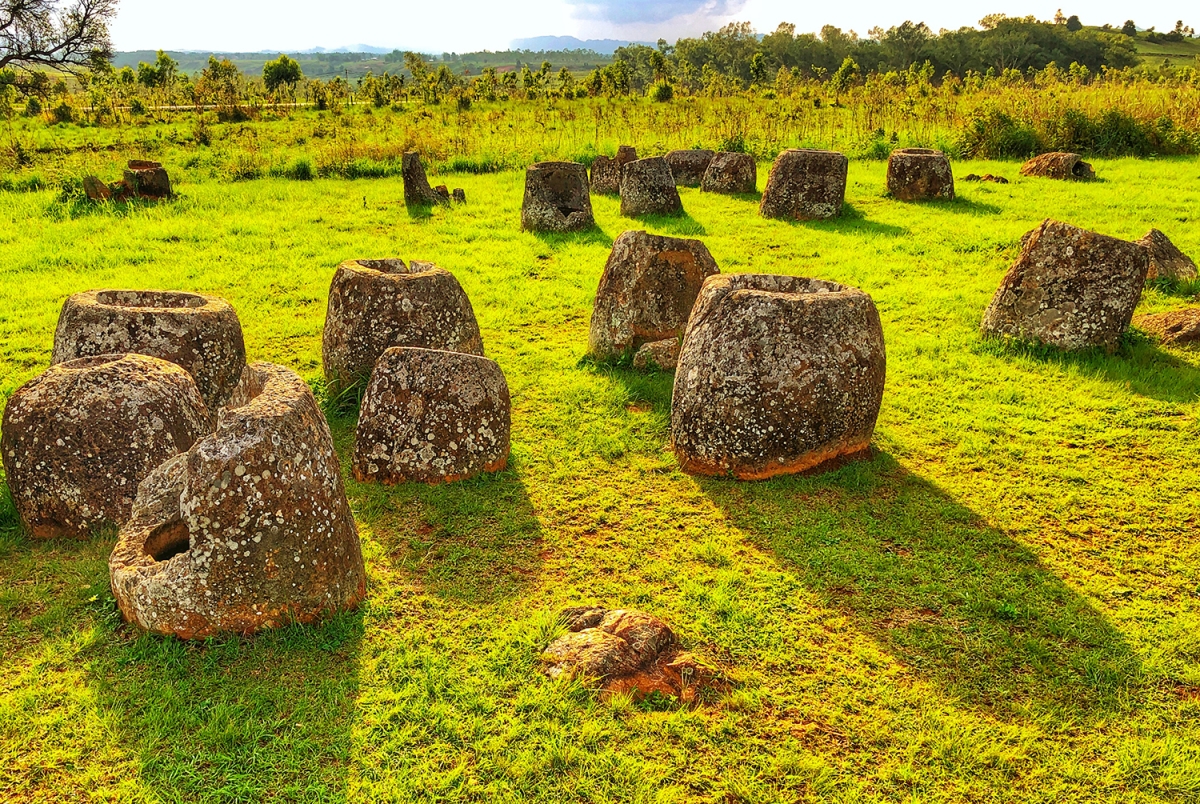
The jars are on average 1 - 2 meters high, some are up to 3.5 meters high, and weigh dozens of tons. Most of the jars do not have lids, some are above the ground, some are partially submerged underground, the mouth of the jar is elliptical, square, round... The largest jar has a radius of 2.5m and a height of 2.75m. weighs several tons.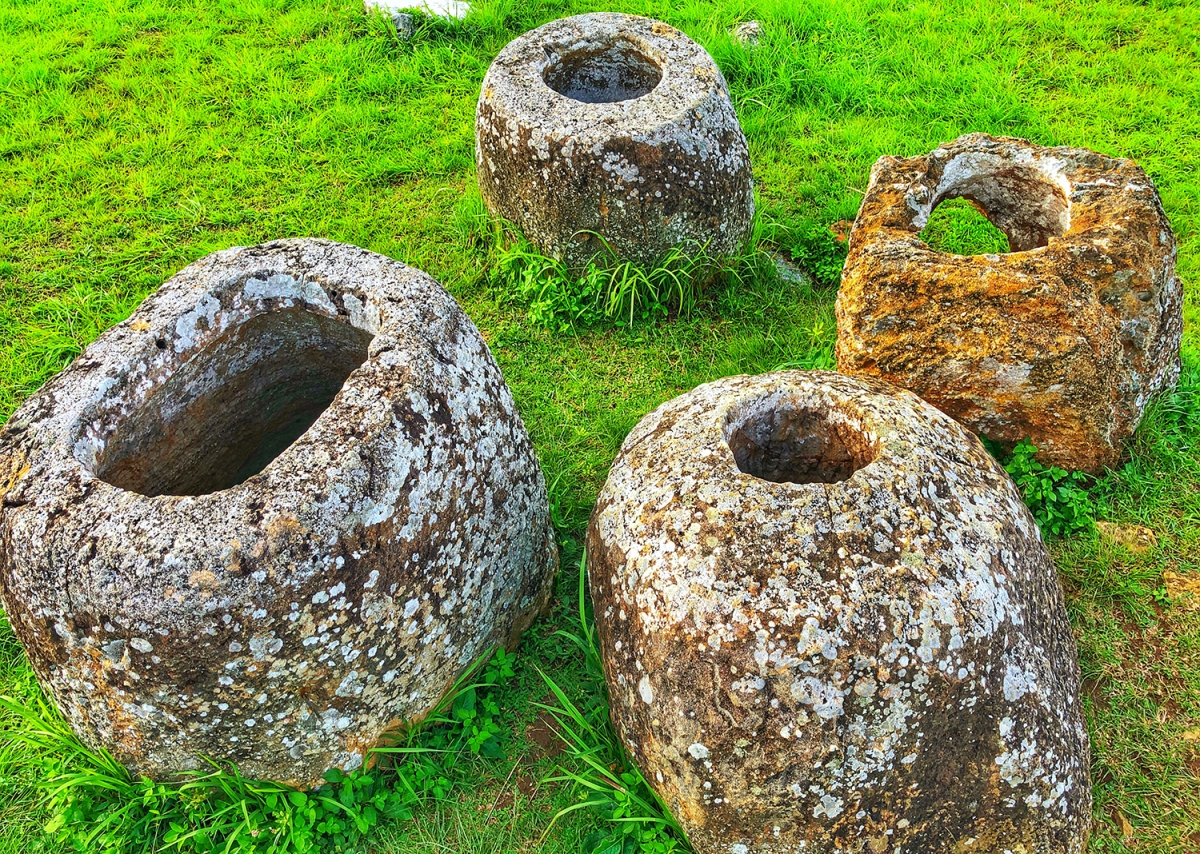
The strange thing is that there are no rocky mountains around this area. Where did the ancient people chisel and craft these giant jars and how did they transport them to Xieng Khouang? Until now, that is still an unanswered question. There have been many theories put forward such as the jars were created to hold wine to celebrate victory during the reign of King Khun Cheung.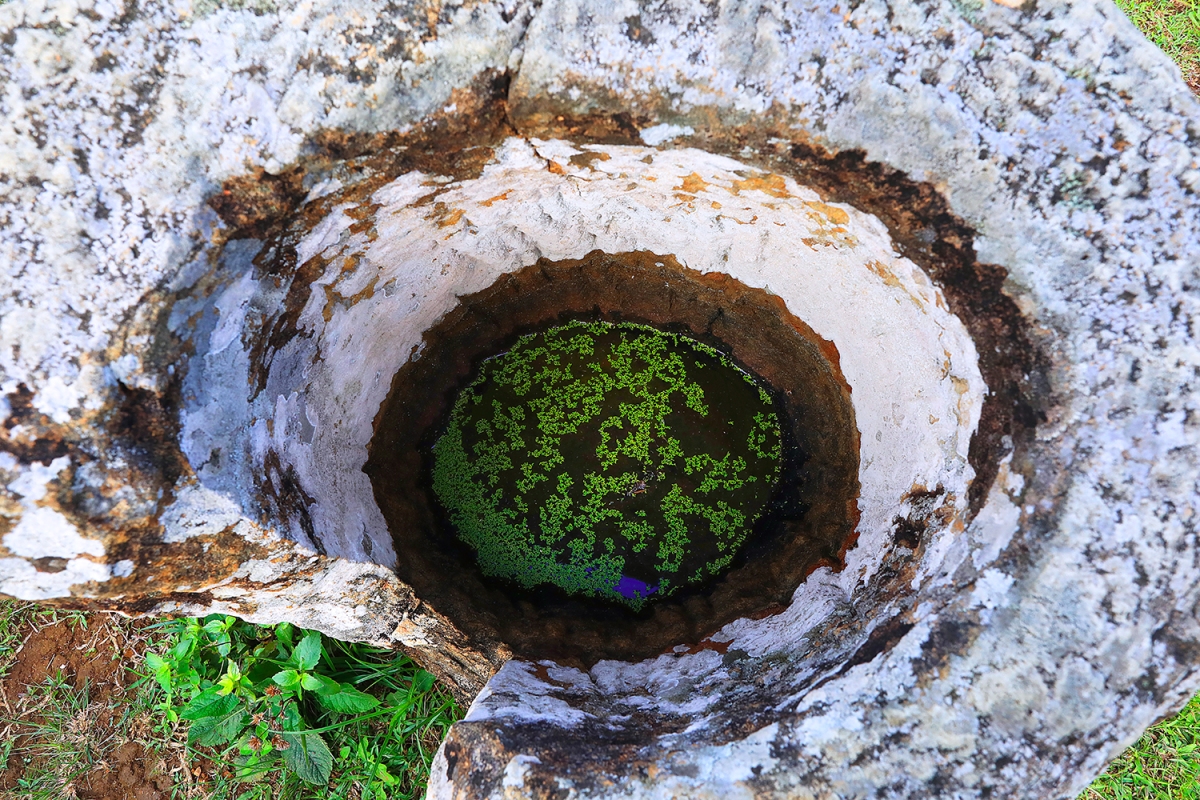
There is an opinion that because in the dry season, there was a serious lack of water in Xieng Khouang, so the ancients made these giant jars to store water. Archaeologists believe that these are urns related to prehistoric burial rituals when many remains, burial objects and ceramics were discovered around the stone jars.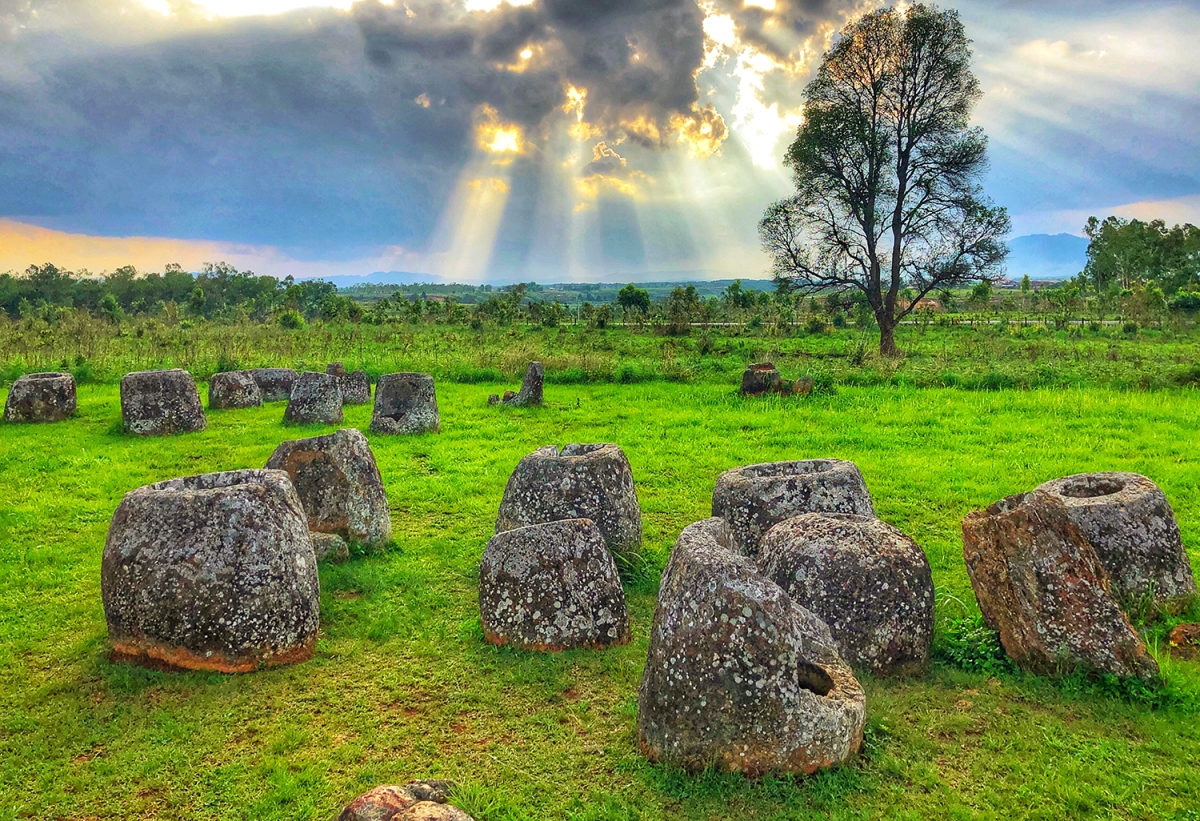
In 1930, an expert from France concluded that the stone jars were related to prehistoric burial rituals. Excavations by Lao and Japanese archaeologists over many years have helped strengthen this hypothesis by discovering many remains, burial objects and ceramics around stone jars.
The Plain of Jars is located at the intersection of the Mekong and Red River systems, so it has favorable conditions for trade and cultural exchange. The distribution of stone jars throughout Xieng Khouang is said to be associated with the routes. overland trade routes and they are the most outstanding evidence of Iron Age civilization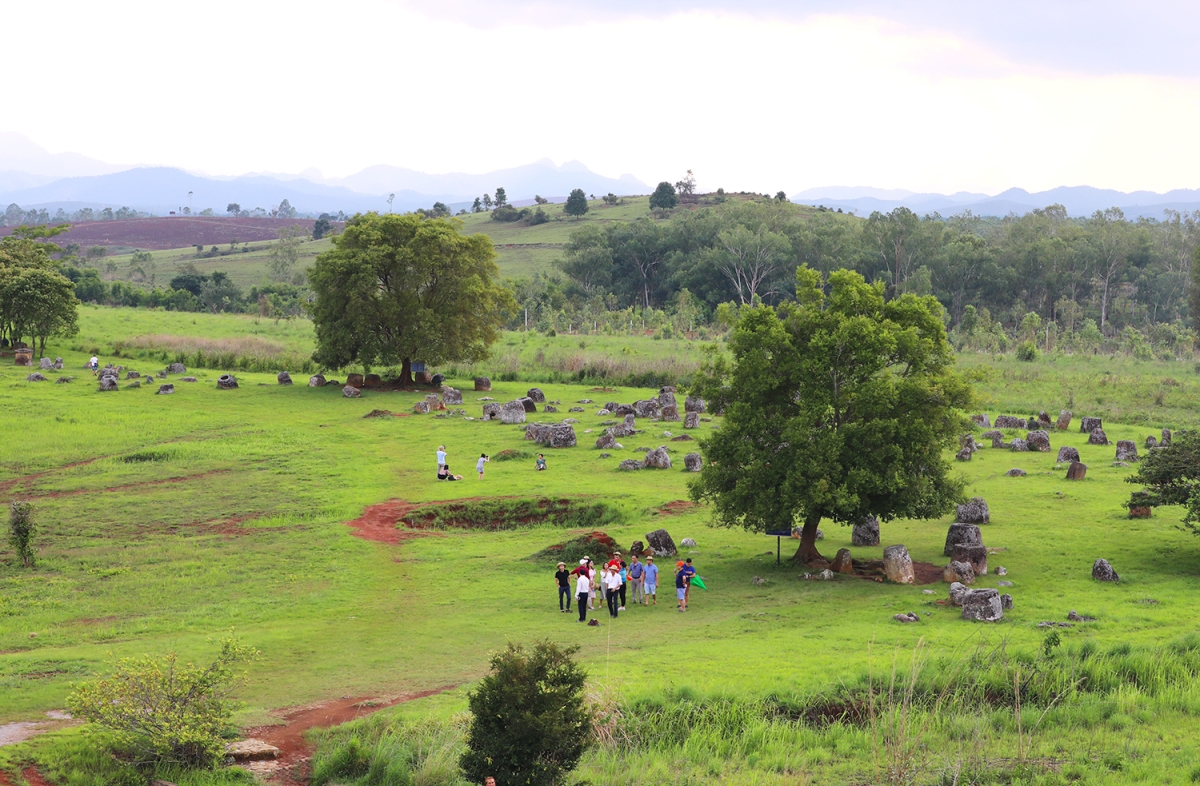
Immediately after the Plain of Jars was recognized as a World Cultural Heritage (2019), the Lao Government stepped up propaganda and promotion to let Lao people and friends around the world know about the cultural heritage. This unique. Thereby, attracting more and more tourists to visit and experience Lao culture, contributing to economic development.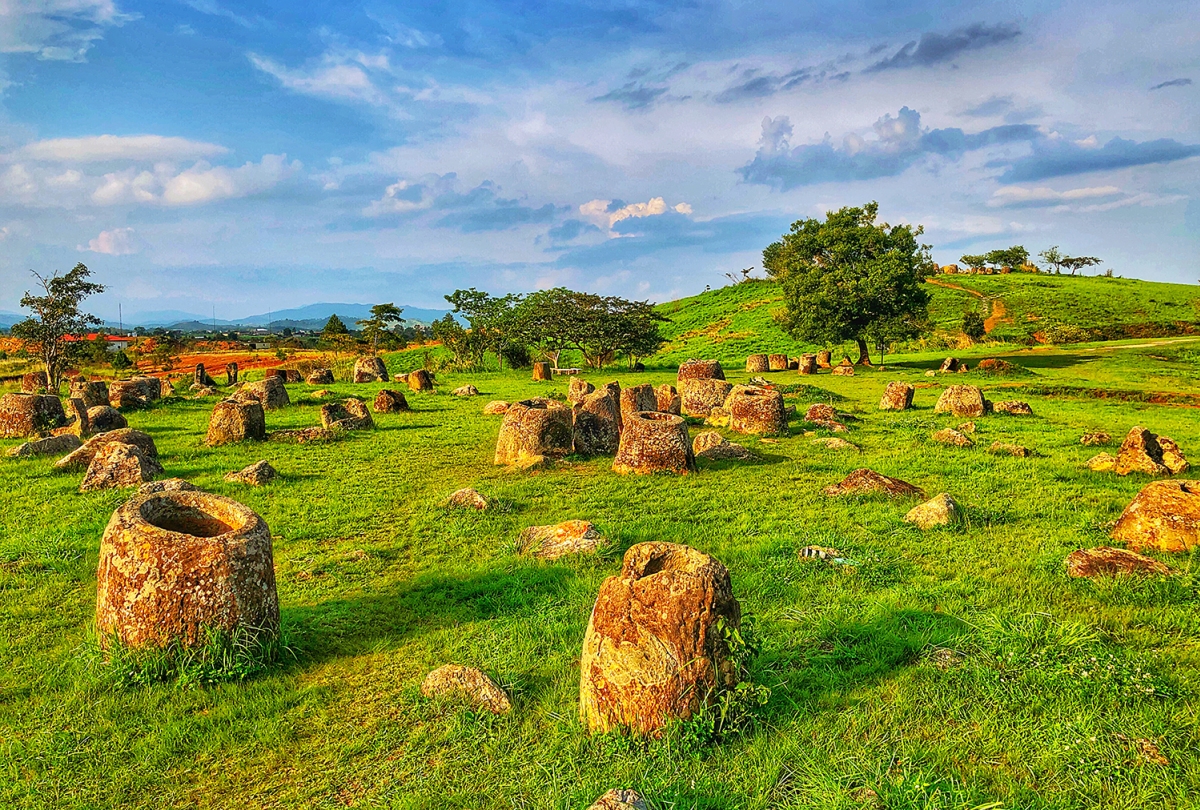
Recently, the US Embassy in Laos said that, demonstrating the US commitment to strengthening cultural cooperation with Laos, the US Government will sponsor 129,000 USD to use to establish a database. ; Build a management system for the list of stone jars; Consolidate and improve management capacity in conservation work for Lao officials and employees.





















![[LIVE] Engage2Earn: Save our PBS from Trump](https://cdn.bulbapp.io/frontend/images/c23a1a05-c831-4c66-a1d1-96b700ef0450/1)













![[ℕ𝕖𝕧𝕖𝕣] 𝕊𝕖𝕝𝕝 𝕐𝕠𝕦𝕣 𝔹𝕚𝕥𝕔𝕠𝕚𝕟 - And Now What.... Pray To The God Of Hopium?](https://cdn.bulbapp.io/frontend/images/79e7827b-c644-4853-b048-a9601a8a8da7/1)






